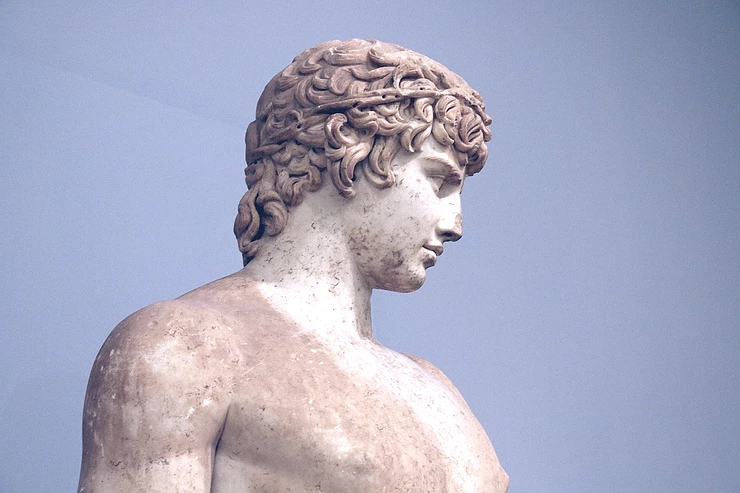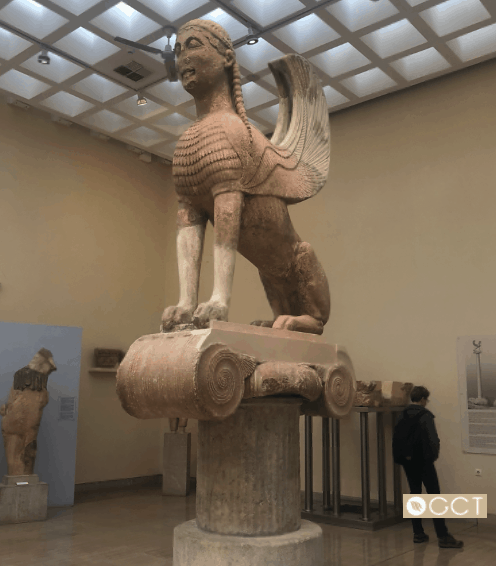
Portes Magazine
Today is International Museum Day, and to celebrate we take you on a journey through the Archaeological Museum of Delphi.
Taking a stroll through this museum, one will journey through centuries of history, culture, architecture, art and archeology, from Prehistory to Late Antiquity.
The on-site Great Excavation of 1892 procured the various artefacts creating the very first Museum of Delphi, which opened its doors over a century ago in May of 1903.
This collective display was funded by a trust established by Andreas Syngros, a famous Greek politician and philanthropist.
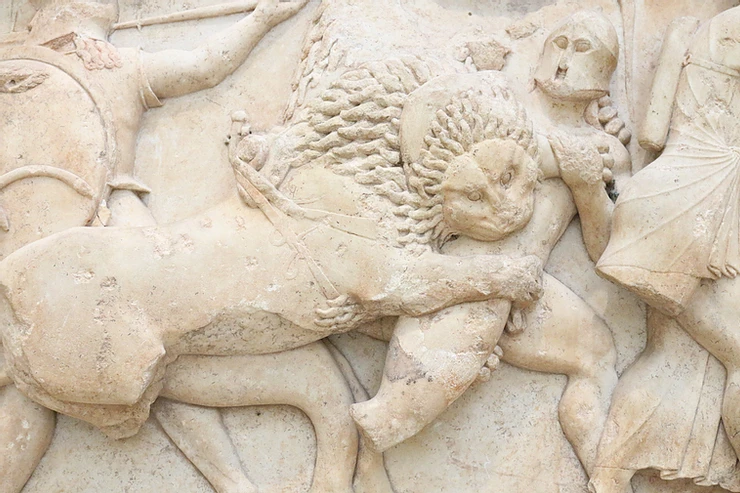
By the early 20th century, Delphi’s mysterious allure was the object of interest amongst the foreign jet set and other prestigious individuals, receiving international attention and acclaim for the Delphic Festivals organised by poet Angelos Sikelianos and his wife, Eva Palmer Sikelianos.
From the museum’s inauguration to 1939, a second generation of archaeologists began to study its artefacts, advocating for the creation of a new museum whose structure and organisation would highlight the various findings in a way the researchers concluded was best.
A more scholarly approach to research and presentation seeing antiquities displayed in chronological order was established thereafter. But the outbreak of WWII in 1939 threatened the collection’s safety, and the new exhibit remained closed to the public while artefacts and antiquities were buried or transferred to Athens for safe keeping.
Some pieces like those of the chryselephantine statuettes, were hidden in the vaults of the National Bank of Greece, while one of Delphi’s most treasured pieces, the famous bronze Charioteer of Delphi, was stashed in the crypts of the National Archaeological Museum.
It was not until the 1950s that Delphi saw its antiquities gradually return to the exhibition space, which finally opened its doors to the public in 1961, with the architectural touch of Patroclos Karantinos, under the leadership of Ephor of Antiquities Ioanna Konstantinou and National Archaeological Museum Director Christos Karouzos.
Today, the Archaeological Museum of Delphi is comprised of an outdoor archaeological site and building, housing findings small and large. The exhibits, presented in chronological order, display artefacts from the Sanctuary of Pronaia Athena, Sacred Way Votive Pit, Temple of Apollo and Siphnian Treasury.
Among sacred treasures, a few of the collection’s most celebrated pieces include:
- THE OMPHALOS: This marble sculpture is a Hellenistic or Roman representation of the Archaic omphalos kept in in the temple’s inner sanctum, the adyton. A symbol of Delphi, the naval stone’s decor imitates the agrenon weave, a thick wool cloth that covered the original stone omphalos.
- THE CHRYSELEPHANTINE STATUES 6TH CENTURY BC: A triad of figures historians believe may be Artemis, Apollo and Leto, the chryselephantine statues are made of gold and ivory, exemplifying the craftsmanship of Ionia.
- THE KOUROI 610 BC: A marble pair of traditional archaic kouroi, this monumental duo is considered to be Kleobis and Biton of Argos, sons of a priestess of Hera. Created by the sculptor Polymedes of Argos, the kouroi were dedicated to Apollo by the people of Argos.
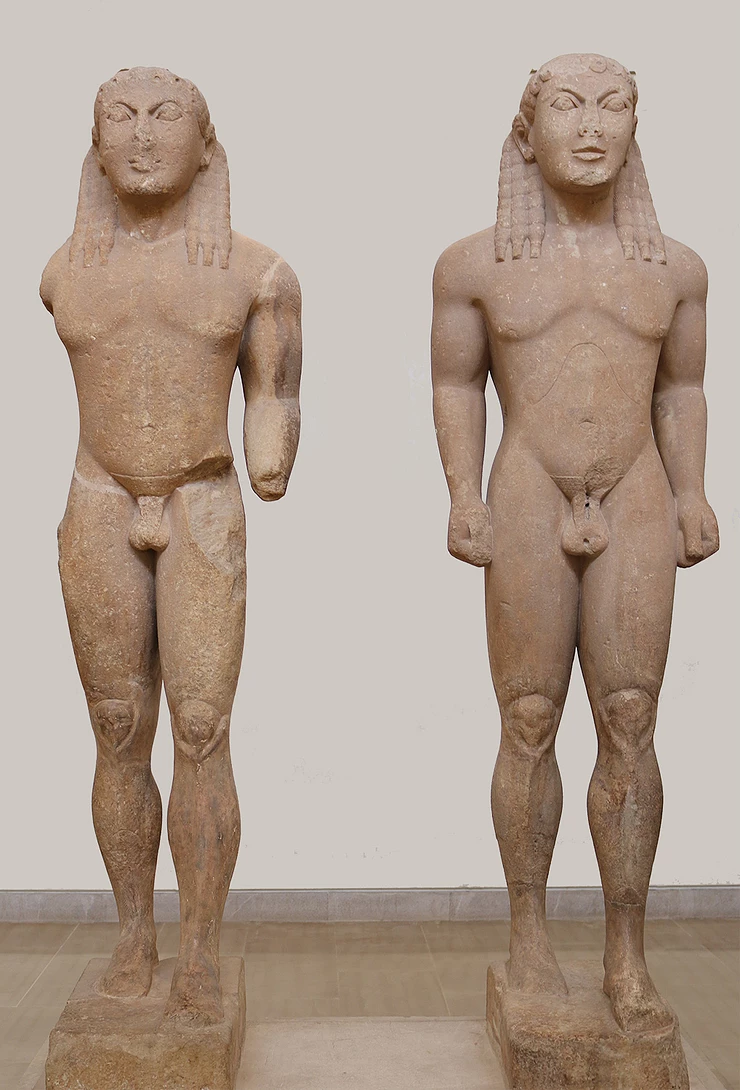
- THE SPHYNX OF NAXOS 560 BC: Originally perched on an Ionic column towering over 12 meters above ground, the marble Sphinx of Naxos was a magnificent statement piece. Its inscription reads: "ΔΕΛΦΟΙ ΑΠΕΔΩΚΑΝ ΝΑΞΙΟΙΣ ΤΑΝ ΠΡΟΜΑΝΤΗΙΑΝ ΚΑΤΤΑ ΑΡΧΑΙΑ ΑΡΧΟΝΤΟΣ ΘΕΟΛΥΤΟΥ ΒΟΥΛΕΥΟΝΤΟΣ ΕΠΙΓΕΝΕΟΣ"
- THE APOLLO KYLIX 6TH CENTURY BC: A traditional terracotta cup used for wine drinking, the Kylix of Apollo depicts the god performing a libation, pouring wine out of a bowl while a raven looks on. Wrapped in a sleeveless chiton, his characteristic wavy hair is crowned in a myrtle wreath.
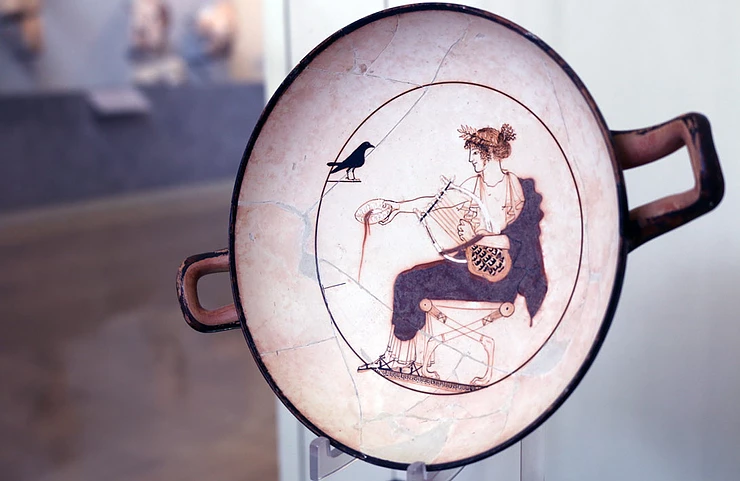
- THE CHARIOTEER OF DELPHI 478 - 474 BC: A remarkable example of bronze craftsmanship, and the most renowned of Delphic votive offerings due to the rarity of such sculptures, the Charioteer of Delphi was commissioned by Polyzalos, a tyrant of Gela, in commemoration of his victory at a Pythian game chariot race.
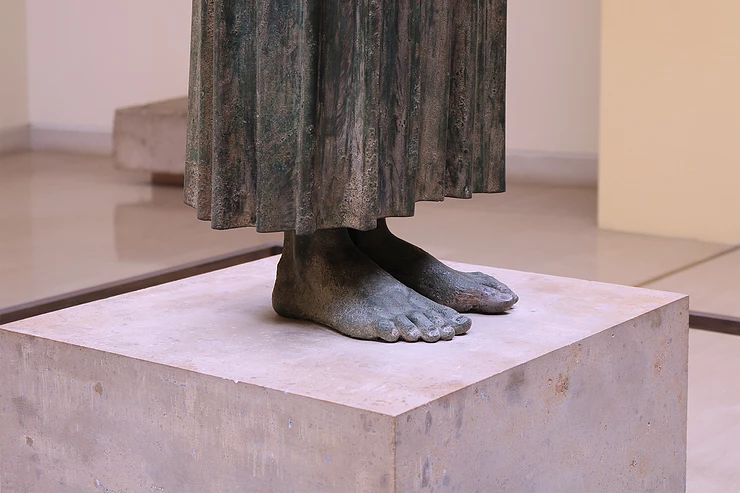
- THE STATUE OF ANTINOOS 130 AD: A muse to the Roman Emperor Hadrian, Antinoos was a youth from Bithynia who drowned under mysterious circumstances in the Nile in 130 AD. Proclaimed a god by Hadrian himself, the memory of Antinoos lives through widespread marble statues and busts representing his likeness.
